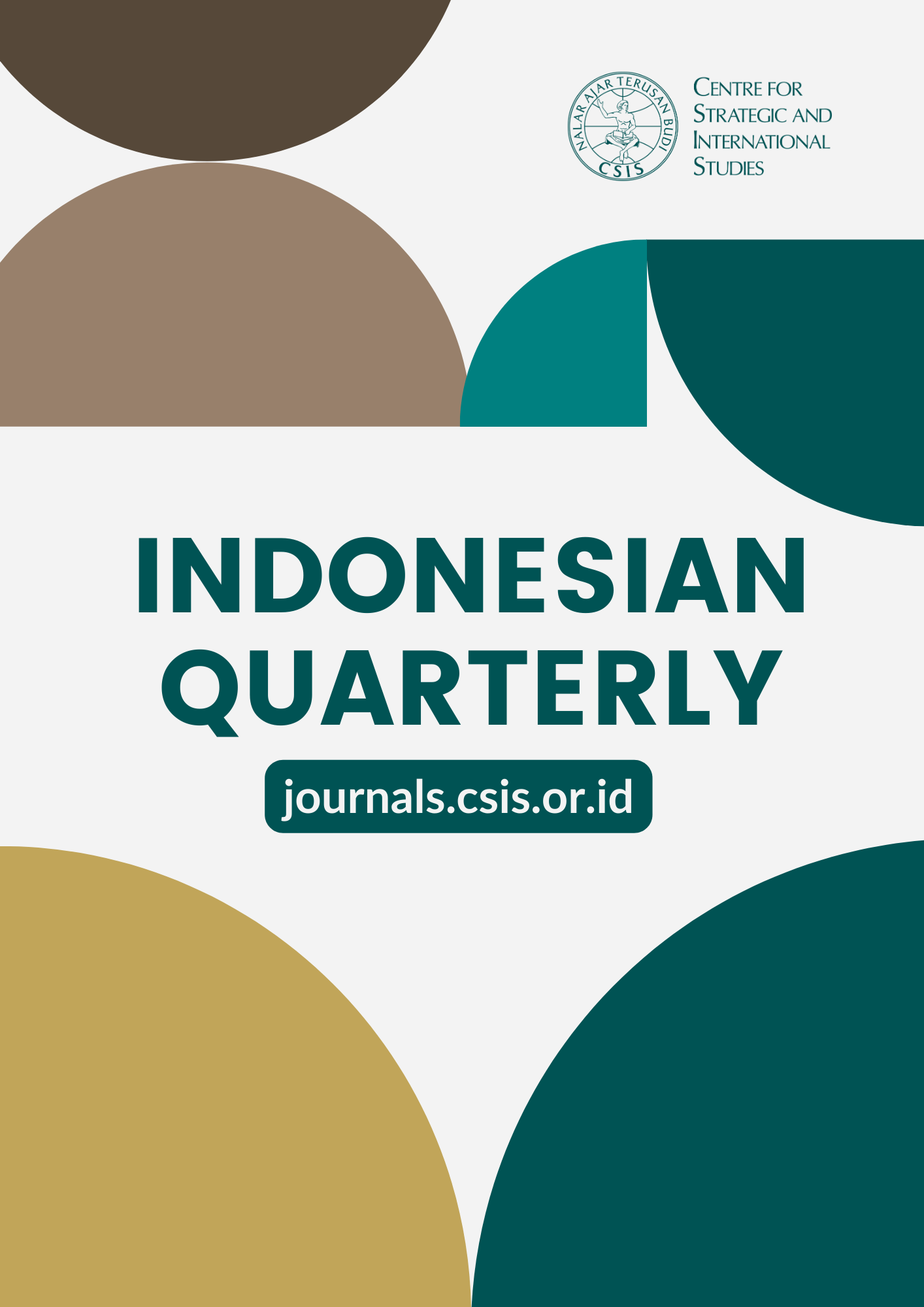Abstract
Myanmar’s political crisis since the February 2021 military coup has presented a serious challenge to ASEAN’s ability to mediate conflicts and uphold regional stability. The appointment of the ASEAN Special Envoy was envisioned as a diplomatic mechanism to facilitate dialogue and humanitarian assistance under the Five-Point Consensus (5PC). However, over the past three years (2021–2024), the role has faced significant limitations due to ASEAN’s rotating chairmanship, lack of institutional support, and the junta’s resistance to inclusive engagement. This issue matters because Myanmar’s prolonged crisis has exacerbated humanitarian suffering, regional instability, and ASEAN’s credibility as a conflict mediator. As over 6,000 civilians have been killed and 3.5 million displaced, ASEAN’s response—or lack thereof—has drawn international scrutiny. The study of the Special Envoy’s role is critical to understanding the constraints within ASEAN’s diplomatic framework and assessing how future mediation efforts can be more effective. The article argues that ASEAN’s Special Envoy mechanism has been largely symbolic rather than substantive, constrained
by the non-interference principle, inconsistent priorities across ASEAN Chairs, and the absence of a clear mandate. It highlights key challenges, including the lack of access to Myanmar’s opposition groups, reliance on humanitarian aid as a diplomatic tool, and the failure to establish a long term political roadmap for Myanmar’s future. The analysis examines the evolving approaches under Brunei, Cambodia, Indonesia, and Laos, each reflecting different levels of engagement, transparency, and effectiveness. While Indonesia’s silent diplomacy approach allowed for better crisis mapping, Laos has leaned toward a more pragmatic, neighboring-country-led initiative, signaling ASEAN’s waning influence over the situation. Key policy recommendations include: (1) establishing a permanent ASEAN Special Envoy office with a dedicated support structure to ensure continuity across chairmanships; (2) expanding the Envoy’s mandate to directly engage all relevant Myanmar stakeholders beyond the junta; (3) leveraging partnerships with external actors like the UN and neighboring countries to strengthen ASEAN’s role; and (4) developing a clear political framework beyond the 5PC to guide ASEAN’s long-term engagement with Myanmar. Without these changes, ASEAN risks diplomatic stagnation, further diminishing its ability to influence Myanmar’s trajectory and regional stability.
